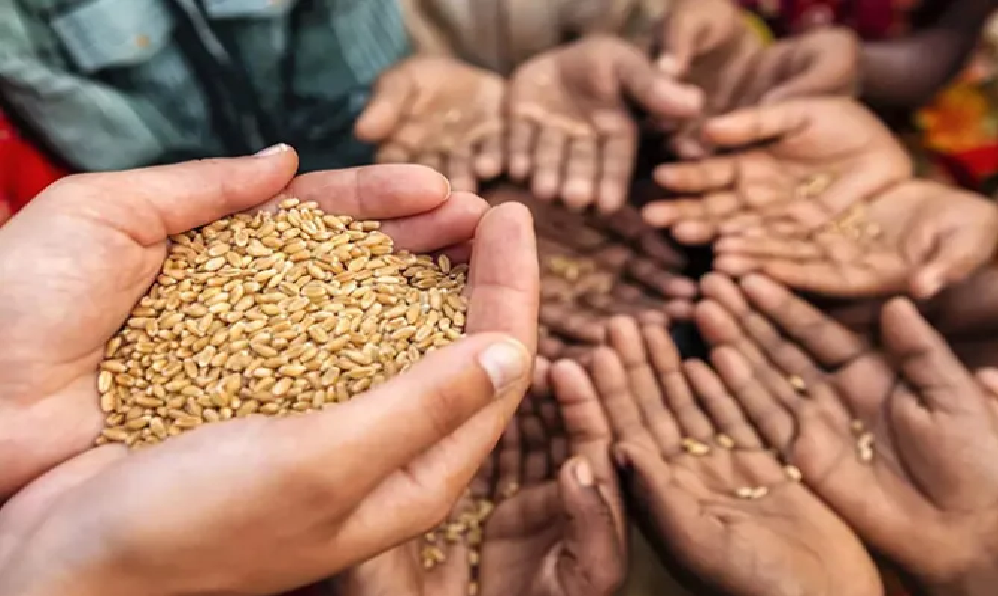Food insecurity is a pressing issue in urban slums, where poverty and limited access to resources often create a vicious cycle of hunger and deprivation. Addressing this challenge requires creative and effective innovative solutions that can make a tangible difference in the lives of those affected. Here’s a look at some impactful strategies that are making a difference.
1. Urban Farming and Community Gardens
One promising innovative solution is the establishment of urban farms and community gardens. These initiatives transform vacant lots and underutilized spaces into productive areas where residents can grow their own food. By providing access to fresh produce and involving the community in farming activities, these programs not only alleviate food insecurity but also foster a sense of ownership and empowerment among residents.
Urban farms often incorporate techniques like vertical farming and hydroponics, which are particularly suited to the limited space available in slums. These methods allow for high yields and efficient use of resources, making them ideal for areas with scarce land. Moreover, community gardens can serve as educational hubs, teaching residents about nutrition and sustainable agriculture.
2. Mobile Food Distribution and Pantries
Another effective approach is the implementation of mobile food distribution services and community pantries. Mobile food trucks and distribution vans can navigate the narrow and congested streets of urban slums, bringing essential supplies directly to those in need. These services often operate on a scheduled basis, ensuring that residents receive regular food supplies without having to travel long distances.
Community pantries, on the other hand, are established within the slum areas themselves, offering a centralized location where residents can access food and other essentials. These pantries can be stocked through donations from local businesses, non-profit organizations, and individuals. By creating a reliable and accessible food distribution network, these initiatives help to mitigate the effects of food insecurity.
3. Technology-Driven Solutions
Leveraging technology is another innovative solution that is gaining traction in the fight against food insecurity. Mobile apps and digital platforms are being developed to connect surplus food from restaurants, grocery stores, and other sources with those in need. These platforms often facilitate the donation and redistribution of food, reducing waste and ensuring that surplus food reaches those who require it most.
Additionally, technology can be used to streamline food distribution processes and enhance data collection on food needs and availability. This information can help organizations to better target their efforts and ensure that resources are allocated efficiently. By integrating technology into food security strategies, urban slums can benefit from more effective and responsive solutions.
CONCLUSION:
Addressing food insecurity in urban slums requires a multifaceted approach that includes community involvement, resource optimization, and technological innovation. The success of these efforts relies on the commitment of local communities, organizations, and policymakers to implement and support these innovative solutions. By working together, we can create sustainable and impactful strategies to combat food insecurity and improve the quality of life for those living in urban slums.
In conclusion, while the challenges are significant, the development and implementation of creative and effective solutions offer hope. Through community gardens, mobile food distribution, and technology-driven initiatives, we can make strides toward alleviating food insecurity and fostering resilience in urban slums. As fikrah demonstrates, collective action and innovation are key to overcoming the barriers to food security and building a more equitable future.
Click here to know more about “What Is Food Insecurity, and How Do We Fix It?”

